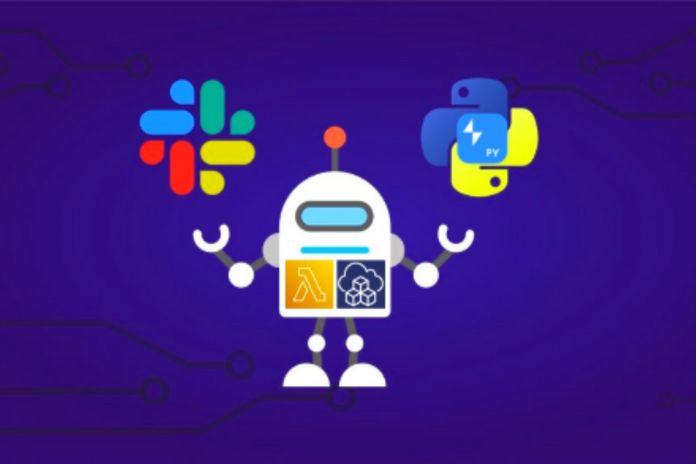Server Less: For those who are used to reading about technology, servers are a very recurrent subject in texts. This is because they are centralized computing systems that provide services to a computer network.
They are, therefore, critical pieces in the world of information technology. However, a related concept has been making waves in information security: Server less technology, also known as Function as a Service (FaaS). This innovation has become increasingly important to ensure a competitive advantage in the market.
To explain the concept, its applications, and its benefits, we prepared a particular post.
The Path To Virtualization
To start talking about Server less, it’s essential to remember how traditional IT works. When a user accesses a page, it is received by a server, and all requests must go through it.
With all the information, he can estimate how many servers he needs to assign each shift if the website has a relatively consistent flow.
However, when this flow is not predictable, problems quickly arise, especially when there are many accesses, as the servers are overloaded and may start to deny content delivery. On the other hand, when there are few users, the servers are idle and continue to generate costs.
Faced with this scenario, “elasticity” has become a very relevant problem. The only path found was virtualization, which allowed IT companies to be more flexible in their demands, starting to offer cost reductions. , as it is no longer necessary to purchase hardware.
In addition to simplicity in operation, including in cases of “disaster recover,” a set of policies and procedures that allow the recovery of the technology infrastructure in the wake of a natural or artificial disaster — in which it is necessary to restore a virtual machine.
The next step found after the cloud was using containers, a software that “packages” the code and all its dependencies so that the application runs quickly and reliably, not being necessary to worry about the environment in which it will run.
However, even after all these processes of IT decoupling and virtualization, there are still risks such as DoS ( Denial Of Service ) or DDoS ( Distributed Denial of Service ) — also known as denial of service attack.
These are attempts to overload a shared server or computer. Thus, these attacks make system resources unavailable to their users if successful.
With that, the path found now is the Server less solution, the new reality of IT, a structure that improves the lives of developers and business people.
Server Less: What It Is In Practice
The Server less solution consists of a web server framework — a FaaS (Function as a Service) layer — with a security token, user authentication, and database services.
It became incredibly well known in 2012, when Ken Fromm — one of the prominent leaders when it comes to IT and Internet trends in the world, starting from the early days of Dot.com, Web 2.0, and Cloud Computing, wrote an article entitled “Why The Future Of Software And Apps Is Server less.”
Despite the initial diffusion, the term was only introduced in the market in 2015 and used to define an execution model in which the cloud provider is responsible for executing the Function of an application, not having to worry about resources or infrastructure.
When talking about data centers and servers, Server less architecture has become one of the trends; a definition is initially given to applications that run on outsourced services in the cloud.
However, it has expanded in recent years, referring to static computing containers modeled for eventual solutions — the so-called Function as a Service (FaaS), which allows developers to run code that reacts to events without the complexity of building and maintaining a proper infrastructure.
How It Works
The technology needs servers to run code written by programmers. However, there is an interesting explanation for the term.
This is because it mainly refers to the fact that a company or an individual developer does not need to buy or provision virtual machines or servers to be able to run the code of that application.
Thus, even though the name suggests otherwise, the model known as Server less does not exclude the use of servers. This technology is very similar to edge computing, providing typical server functionality to local devices.
Furthermore, it is an extension of the concept of cloud computing. When it comes to cutting costs and reducing expenses, “Server less” technology simplifies operations and lowers costs related to server maintenance.
In this way, those who do not manage their infrastructure to run an application use Server less technology according to their use. There is no downtime expense, plus other vital benefits such as superior availability, scalability, and fault tolerance.
It is typically executed in containers that can trigger various events, such as SQL searches ( Structured Query Language), content delivery, queue services, and monitoring alerts.
Main Features Of Server Less Technology
The main Function of this server less computing model is to ease the burden on developers. Thus, they relieve professionals of the burden of dealing with secondary operational issues. They focus only on innovation, generating more productivity for their activities.
In addition, with Server less, it becomes easier to generate more productivity not only for developers but for all company departments. This is because the technology adapts to the IT needs of the business, offering different structures for processes belonging to the same chain.
The work performed by developers can represent a practical example of this optimization and a general increase in productivity. The code units are more straightforward, facilitating the creation of back-end software, for example.
We can summarize it this way: the obligation of a well-targeted Server less service is to provide the availability to developers and users, regardless of the context of the applications.
Also Read: Deep Learning: How Does It Improve Company Processes?

